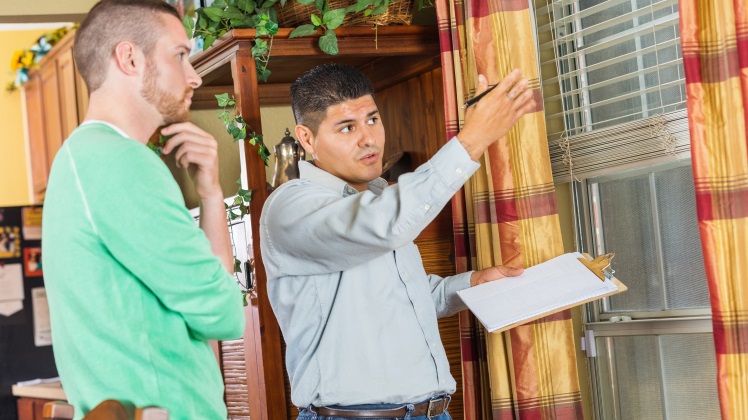Energy Saving Tips

These low-cost and no-cost tips can help make your home more energy efficient. You can also download a printable version of these tips.
Node: liferay-7:8080

These low-cost and no-cost tips can help make your home more energy efficient. You can also download a printable version of these tips.